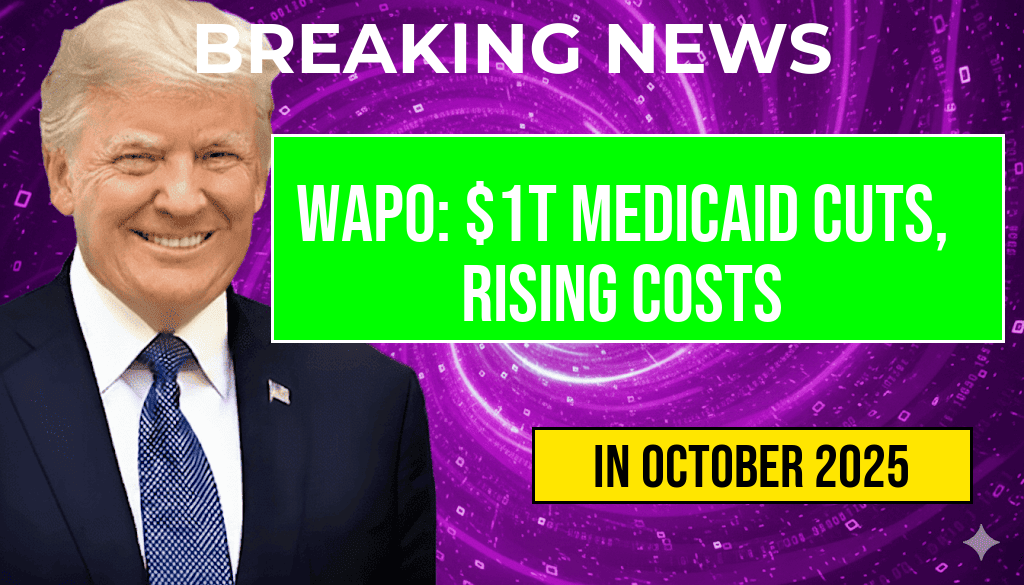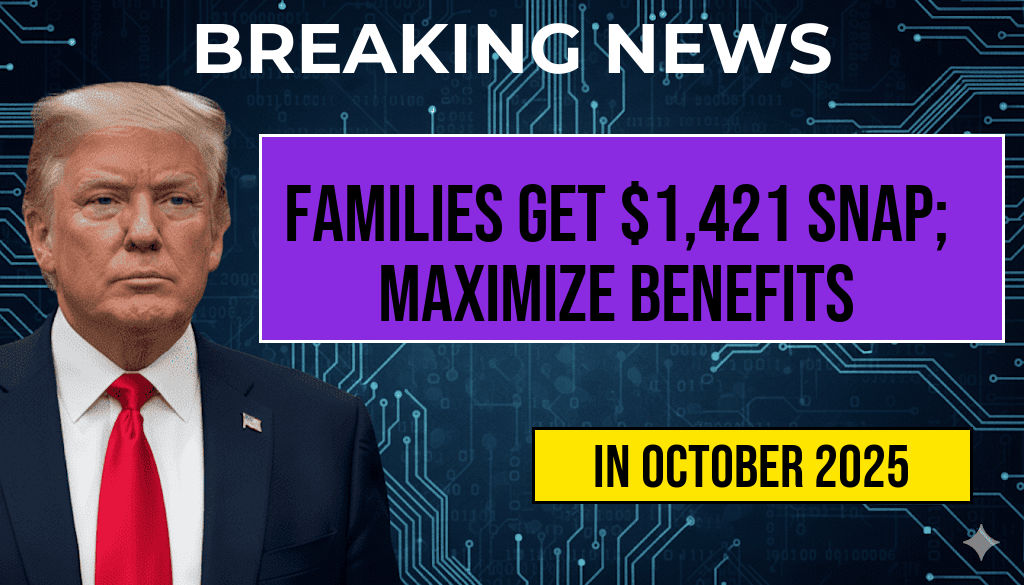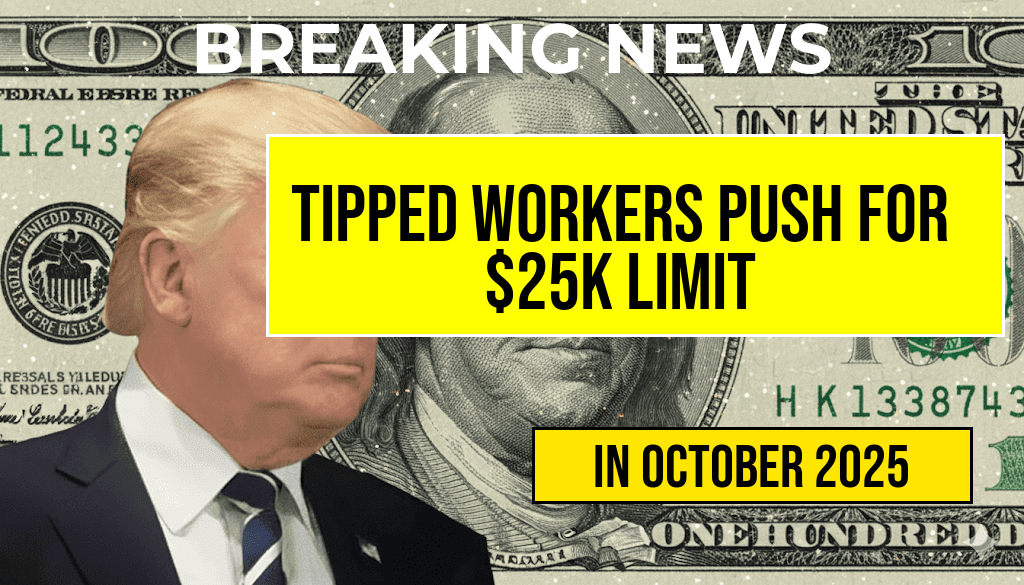WaPo Reports $1 Trillion Medicaid Cuts and Rising Costs for a $300 Prescription
Recent investigations by The Washington Post reveal a sweeping shift in the U.S. healthcare landscape, highlighting potential $1 trillion in Medicaid funding reductions over the next decade accompanied by escalating costs for essential medications. The report underscores the financial strain on state and federal programs, driven by proposed policy changes aimed at curbing spending and addressing pharmaceutical price inflation. As policymakers grapple with balancing budgets and ensuring access to care, millions of Americans could face reduced coverage or higher out-of-pocket expenses, especially for high-cost medications like specialty drugs that now routinely exceed $300 per prescription. The findings raise questions about the sustainability of current healthcare models and the potential impact on vulnerable populations dependent on Medicaid and affordable pharmaceuticals.
Massive Medicaid Spending Reductions on the Horizon
The Scope of Potential Cuts
According to the report, federal and state officials are considering measures that could slash Medicaid funding by as much as $1 trillion over the next ten years. These reductions stem from proposals to overhaul Medicaid financing structures, including tightening eligibility criteria, reducing federal matching rates, and implementing stricter oversight on spending. Such measures aim to address concerns over long-term fiscal sustainability but raise alarms about access to healthcare for millions of low-income Americans.
Implications for State Budgets and Healthcare Access
- States may face increased financial pressure to cover Medicaid costs, potentially leading to service cuts or increased premiums.
- Reduced federal contributions could force state governments to prioritize certain treatments over others, impacting vulnerable populations.
- Experts warn that these cuts could reverse gains made in expanding healthcare access under recent reforms.
Policy Drivers Behind the Cuts
Officials cite rising healthcare costs, demographic shifts, and efforts to reduce federal deficits as primary motivations. However, critics argue that these reductions could undermine public health efforts and exacerbate disparities in healthcare access, especially amid ongoing challenges such as the COVID-19 pandemic recovery and the opioid crisis.
Escalating Costs for High-Price Medications
The Rising Price of a $300 Prescription
One of the most striking findings from the investigation concerns the soaring prices for certain prescription drugs. For example, specialty medications—used to treat complex conditions like multiple sclerosis, cancer, or rare genetic disorders—now routinely cost around $300 per dose, with some exceeding $1,000. Patients relying on these drugs often face significant financial burdens, especially if they are covered by Medicaid, which traditionally aims to lower out-of-pocket expenses for low-income individuals.
Factors Contributing to Drug Price Inflation
- Research and development costs for innovative therapies often drive initial pricing.
- Limited competition in certain drug classes allows pharmaceutical companies to set higher prices.
- Regulatory and patent protections can delay generic alternatives, prolonging high costs.
Impact on Medicaid Recipients
| Drug Type | Average Price per Dose | Typical Medicaid Coverage | Patient Out-of-Pocket Cost |
|---|---|---|---|
| Multiple Sclerosis Medication | $3,000 | Coverage varies; often partial | $300–$600 |
| Cancer Immunotherapy | $10,000 | Coverage often extensive but with high copays | $1,000–$2,000 |
| Genetic Disorder Treatment | $500 | Typically covered in full | Minimal or none |
Broader Healthcare and Economic Consequences
Potential for Increased Financial Hardship
The combination of Medicaid funding cuts and high drug prices could lead to increased financial hardship for millions. Patients may be forced to delay or forgo essential treatments due to cost, resulting in worsened health outcomes and higher long-term healthcare expenses. This scenario risks reversing progress made in disease management and preventive care, especially among low-income populations.
Policy Responses and Industry Reactions
Stakeholders across the healthcare spectrum are voicing concerns. Advocacy groups warn that aggressive cost-cutting measures could disproportionately affect marginalized groups. Meanwhile, pharmaceutical companies emphasize the necessity of pricing strategies that support innovation, citing the high costs associated with developing new therapies. Policymakers are under pressure to find a balance between fiscal responsibility and maintaining access to affordable healthcare.
Looking Ahead
As discussions continue, the coming months will be pivotal in shaping Medicaid policy and drug pricing regulation. Proposed reforms could influence the direction of the healthcare system, potentially prompting legislative debates around drug patent laws, Medicaid eligibility, and funding formulas. For now, the reports underscore the urgent need for solutions that address both fiscal sustainability and the nation’s health priorities.
For more on Medicaid and healthcare policy, visit Wikipedia’s Medicaid overview and the Forbes article on drug pricing.
Frequently Asked Questions
What are the main details of the $1 Trillion Medicaid Cuts reported by WaPo?
The Washington Post reports that there are proposed $1 trillion Medicaid cuts over the coming years, which could significantly reduce funding for healthcare services for millions of Americans, potentially affecting coverage and access.
How are rising healthcare costs impacting patients?
Rising costs are leading to higher out-of-pocket expenses for patients, as illustrated by the example of a $300 prescription that has become increasingly difficult for many to afford, placing a financial burden on individuals needing essential medications.
What is causing the increase in prescription drug prices?
The increase in prescription drug prices is driven by factors such as manufacturing costs, regulatory changes, and market dynamics, which contribute to the higher cost of critical medications like the $300 prescription mentioned in the report.
How could proposed Medicaid cuts affect access to medications?
The proposed $1 trillion Medicaid cuts could lead to reduced coverage for prescription drugs and healthcare services, making it more challenging for vulnerable populations to access necessary medications and care.
What are the potential implications of these healthcare cost changes for patients and the healthcare system?
These changes could result in increased financial strain on patients, decreased coverage, and greater pressure on healthcare providers, potentially leading to worse health outcomes and increased long-term costs for the healthcare system.









